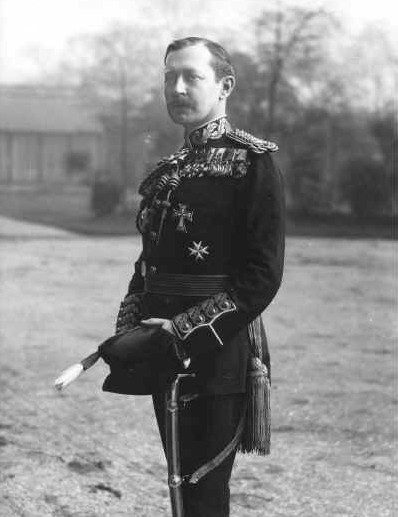17th August 1914, Le Havre, France
The 15th Battalion received new orders at 2:30pm that they were to entrain at three different stations at 8pm.
The Dorsets’ war diary isn’t very clear at this point. By comparing the 1st Bn Bedfords’ war diary with Lord Edward Gleichen’s memoirs, it appears that the battalion detrained at Le Cateau at 10pm and then marched to their billets in Pommereuil and Ors.
The Dorsets, billeted in Ors, received their first combat orders which was to guard the eastern approach to Pommereuil and the railway crossing in nearby Ors from possible hostile cavalry.
